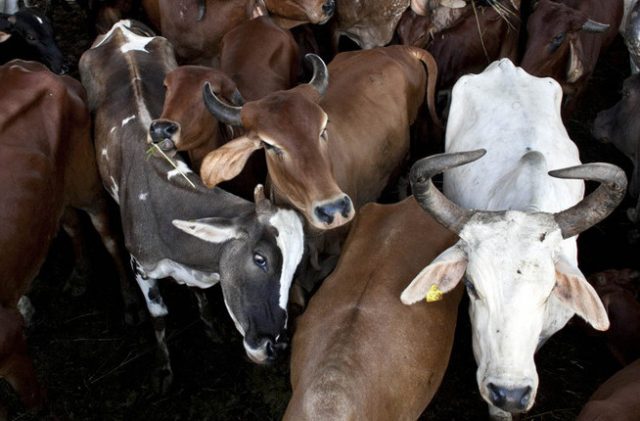As I ventured out of my home in the evening to get my weekly stock of chicken meat on the venerated first day of Navaratra, my blood boiled on seeing my neighbourhood meat shop shut after getting threats from a bunch of hooligans. That day, I pledged to eat pulses thrice a day, like I do with meat, not to turn into a vegan monster but to start a movement, where the meat eaters took to pulses and vegetables in large numbers and made their prices touch the sky.(Perish vegans now!) But, I dropped the idea after seeing the newspaper report that India already produces less than their yearly requirement of pulses, and has to import at higher prices. The situation will be the same this year as well, and thus, it won’t take an extra effort from me to make their skyrocketing prices go higher. When I delved further into the report, I found that India has child malnutrition problem, and many children in India are stunted because of protein deficiency. Stunting means lesser heights as compared to age, primarily caused by nutrition deficiency and malnutrition. The answer for low average heights in India is not to ask “Mummy ne Complan nahi pilaya? (Mummy has not given you complan drinks? ), accompanied with giggles but to ask ‘what are the cheap sources of protein in India?’. Well, the pulse goes out of this equation owing to the situation already explained, then can meat be an option in an ‘allegedly’ majority non vegetarian country? But the claims seem to be refuted by a recent report in The Hindu which says that the number of beef eaters in India has grown from 7.51 crore in 1999-2000 to 8.35 crore in 2011-12.
Well, the majority of “non vegetarians” do not consume meat/egg regularly and get their proteins from costly pulses or milk or vegetables, which do not prove sufficient. Though, if you have ever been to Gyms and Fitness Centres in Delhi, you will come across fitness enthusiasts gorging on boiled eggs (without the yolk!) to “beef” up their bodies. The distribution of meat consumers in India is defined by sections of religion, class, caste and region. And well there are variations in consumption patterns across regions too. For example, Muslims are the largest consumers of beef in India, while people of coastal states like Malyalis, Tamils and Bengalis take pride in the fishes in their dishes. The so-called upper caste Hindus and Jains pride themselves in their puritanical beliefs of vegetarianism, whereas the Dalits and Tribals have cherished meats of various kinds since ages. Among the Nagas, not only beef and pork, but even dog meat is popular. If we go by the survey namely Consumer Expenditure Survey done by National Sample Survey Organisation (NSSO), we get to know that among Hindus, more than 70% of the beef-eating population is SC/ST, 21% is other backward castes and only 7% is upper caste.
But, the cause of vegetarianism has become the “moo” point in today’s day and age in India. Not only cow meat (which is banned in most of the states), but meat altogether has become the central issue in a crusade to impose a monolith culture on such diverse population. This has caused consternation among the meat eaters, the Kasais and Qureshis involved in meat trade, the Dalits like flayers and leather workers, as it affects their livelihood as well as their freedom to eat food of their choice at low cost. This country has recently seen a cow’s life being considered more precious than a man’s life. Expected in a country which has plenty of mouths to feed but less food or fodder to feed the humans or the animals. Instead of attacking the protein deficiency problem, we are attacking the protein consumers. When the people already lack the means to get affordable food, efforts are being made to deprive them of whatever little nutrition they can afford. The time is nigh to take the bull by its horns and focus on protein supply and not who have got what on their plates. Paradoxically, India is the largest beef exporter in the world.






